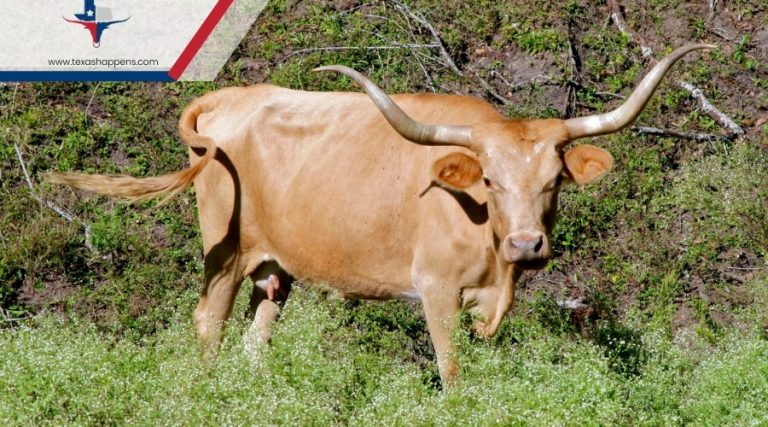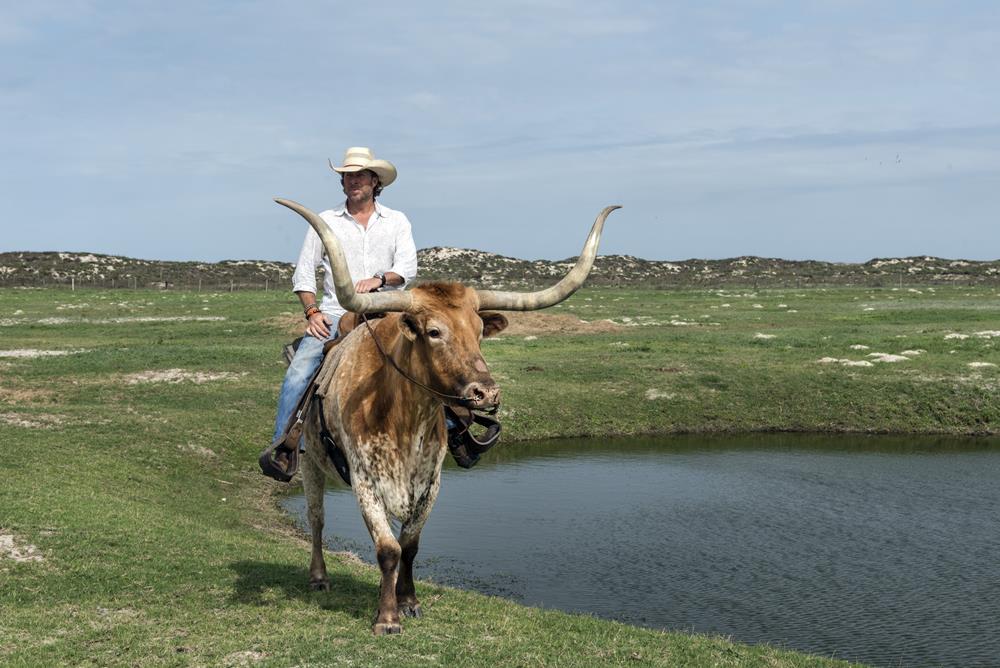It all began with the Spanish introducing cattle to the Americas in the 1700s, blending with Texas’s tough environment to create a resilient breed. This cattle’s Spanish roots merged with Texan heritage, embodying strength and adaptability. The Texas Longhorn became the official large animal of the state in 1995 and even serves as the University of Texas’s mascot, Bevo. Conservation efforts have kept this breed thriving, despite past endangerment, ensuring it continues to support the state’s beef industry.
Origins and Early History
Genetic studies reveal that modern Longhorns share ancestry with Marismea cattle from Spain. This lineage reflects a blend of Spanish and British influences. The Longhorn’s ability to resist pests and drought helped it thrive in Texas, strengthening its legacy as a resilient breed essential to the state’s colonial past. The Texas cowboy culture, rooted in cattle ranching, was significantly influenced by the blending of Spanish vaquero techniques and American practices, further establishing the Longhorn’s iconic status in the state’s history.
Cultural Identity and Symbolism
When you think of Texas, the image of the Texas Longhorn likely comes to mind as a powerful symbol of the state’s unique cultural identity. The Longhorn embodies a rich cultural heritage, blending Spanish and Texan roots that echo the state’s rugged individuality. It’s not just about cattle; it’s about what the Longhorn visually represents—a reminder of Texas’s origins from colonial New Spain and the Republic of Mexico. The Texas beef cattle production industry is a multi-billion dollar powerhouse, significantly supporting the state’s economy and providing thousands of jobs.
Genetic Evolution and Adaptation
As you investigate the genetic evolution and adaptation of the Texas Longhorn, you’ll uncover a fascinating journey that began with Spanish cattle introduced in the late 1400s. These cattle adapted to the harsh Texas environment, leading to a breed distinctly suited to local conditions. Through natural selection and selective breeding in the 1830s, Longhorns developed their distinctive long horns and hardiness, traits solidified by the Civil War.
Modern Longhorns boast genetic diversity, blending Spanish retinto stock with British cattle, enhancing their resilience. Their evolution endowed them with disease resistance and the ability to flourish in hot, dry climates. Efforts to conserve the genetic purity of Longhorns have helped maintain their population and guarantee their continued adaptability. The cattle ranching industry in Texas, which played a significant role in the development of the Longhorn, traces its roots back to the Spanish settlers and vaqueros who introduced early cattle herding techniques.
Economic Significance and Conservation
View this post on Instagram
The Texas Longhorn’s genetic evolution isn’t just a tale of survival; it’s a demonstration of its economic and cultural significance. In the current market trends, Longhorns are highly prized, with some fetching up to $700,000. Their lean beef has gained popularity among health-conscious consumers, enhancing demand. Yet, conservation strategies are crucial since only about 3,000 historic Longhorns remain.
The Livestock Conservancy classifies them as critical, highlighting the need for preservation efforts. The Texas Longhorn Breeders Association, established in 1964, plays a key role in maintaining breed purity through regulated breeding. Legislative support has strengthened these efforts since 1927.
Challenges and Resilience
Despite facing near extinction during the Big Die-Up of 1886-87, Texas Longhorns have shown remarkable resilience. Their survival strategies are impressive, including adaptability to harsh, arid climates and resistance to diseases. These traits have been vital in their population recovery, even as modern ranching practices initially favored faster-growing breeds.
By the 1920s, their numbers dwindled, but efforts led by conservationists like J. Frank Dobie in 1927 played an essential role in preserving the breed. Small herds were gathered and protected, ensuring their survival. The establishment of the Texas Longhorn Breeders Association in 1964 further bolstered their numbers. Through dedicated breeding programs, Longhorns have not only survived but thrived, maintaining their status as an enduring Texas icon.
Modern Representation and Legacy
View this post on Instagram
This iconic figure isn’t just a sports emblem but a cultural touchstone, infused into Texan identity. Artistic interpretations of the Longhorn appear in numerous forms, from logos to Western novels, celebrating its role in cowboy culture. This majestic breed’s image graces Hollywood films and country music, reinforcing its legendary status. Conservation efforts have bolstered the Longhorn population, making them a healthy choice for lean beef lovers.
Conclusion
The Texas Longhorn’s journey from near extinction to becoming the iconic symbol of Texas is a testament to its resilience, historical significance, and deep connection to the state’s identity. From its role in shaping the cattle industry and fueling the legendary cattle drives of the 19th century to its official designation as Texas’ state large animal and the beloved University of Texas mascot, the Longhorn embodies the spirit of strength and perseverance.



